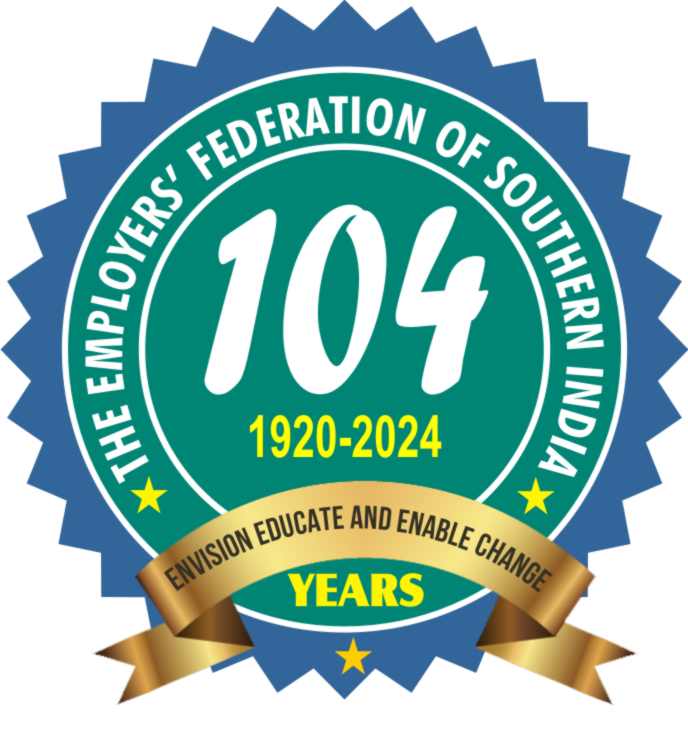Ramifications
Download Related Document =>
Justice Morling’s findings, along with the well established duty of care of the employer to provide a safe workplace, provide a compelling legal underpinning to the importance of providing a smokefree environment. Following the judgement, state cancer councils around Australia reported a massive increase in enquiries about potential action against employers who had not yet introduced a smokefree workplace policy. It is likely that many companies will elect to introduce a policy rather than run the risk of workers’ compensation cases or civil action.
The Australian Employment Law Guide’s Workplace Update has drawn the following list of implications for employers from the Morling decision:
The Tobacco Institute of Australia’s appeal
The TIA responded by launching an appeal against the Morling decision. However on 17 December 1992, the Full Federal Court unanimously found that the TIA’s advertisement disputing the evidence about passive smoking was indeed misleading or deceptive under the terms of the Commonwealth Trade Practices Act 1974.
On 10 March 1993, in a supplementary decision, the Full Federal Court decided that it would be too difficult to frame an injunction to restrain the TIA from engaging in similar misleading or deceptive conduct, but granted a declaration that the advertisement in question was misleading and deceptive contrary to the provisions of section 52 of the Trade Practices Act 1974, and ordered that the TIA pay a substantial part of AFCO’s costs.
The tobacco industry, both in Australia and overseas, has contended that Justice Morling’s findings were overturned on appeal. This is incorrect. None of Justice Morling’s findings on the evidence that passive smoking causes disease were overturned on appeal. The judges of the Full Federal Court merely took the view that the advertisement in question was demonstrably misleading or deceptive because of the abundance of scientific evidence, and that it was therefore unnecessary to perform the detailed evaluation carried out by Justice Morling. It is worth noting that it was the TIA which originally insisted that Justice Morling consider and evaluate the scientific evidence, rather than accept it at face value. Upon the Judge’s completing the review and finding adversely to the TIA’s activity, the TIA then criticised the Judge on appeal for undertaking the task.
Key findings
Background to the case

